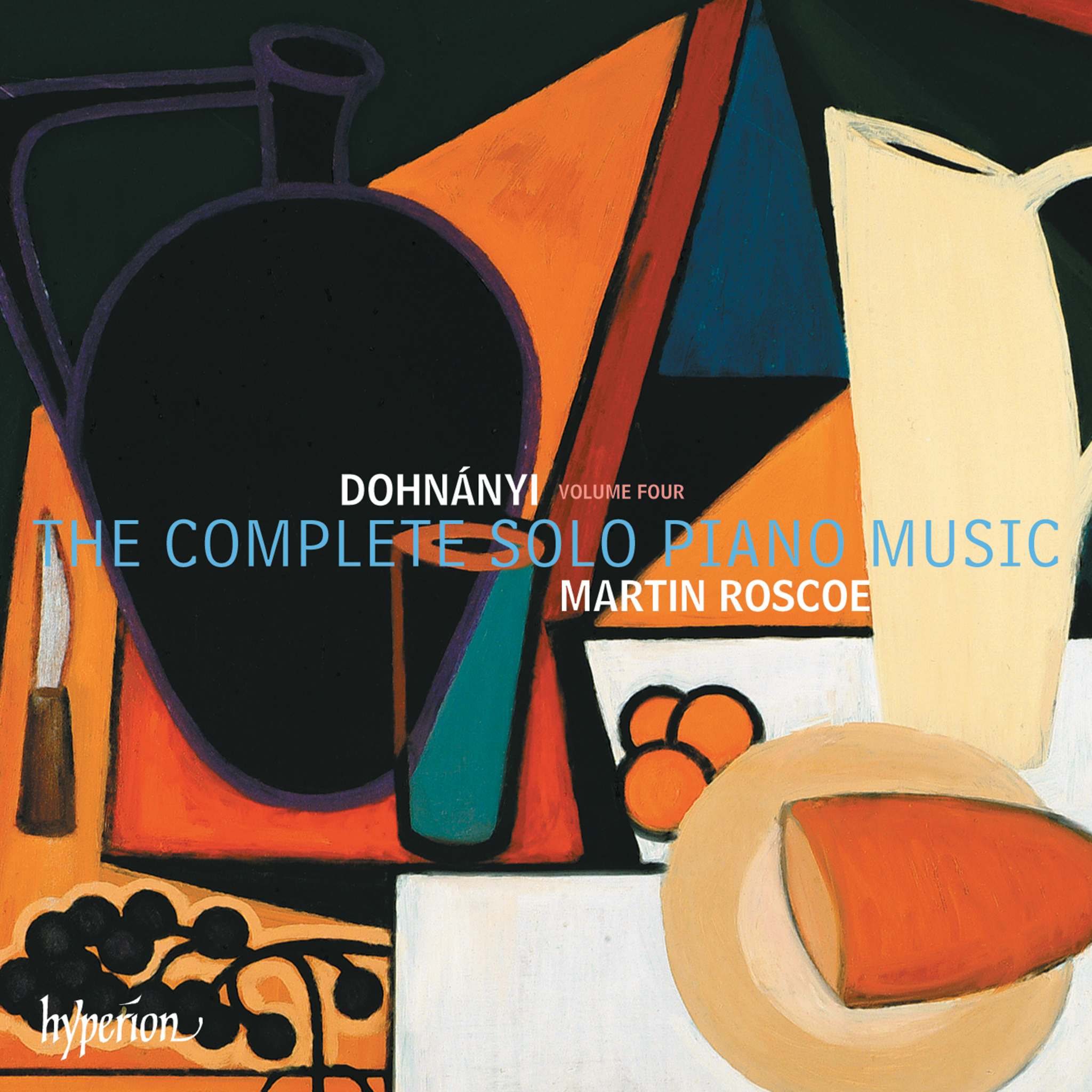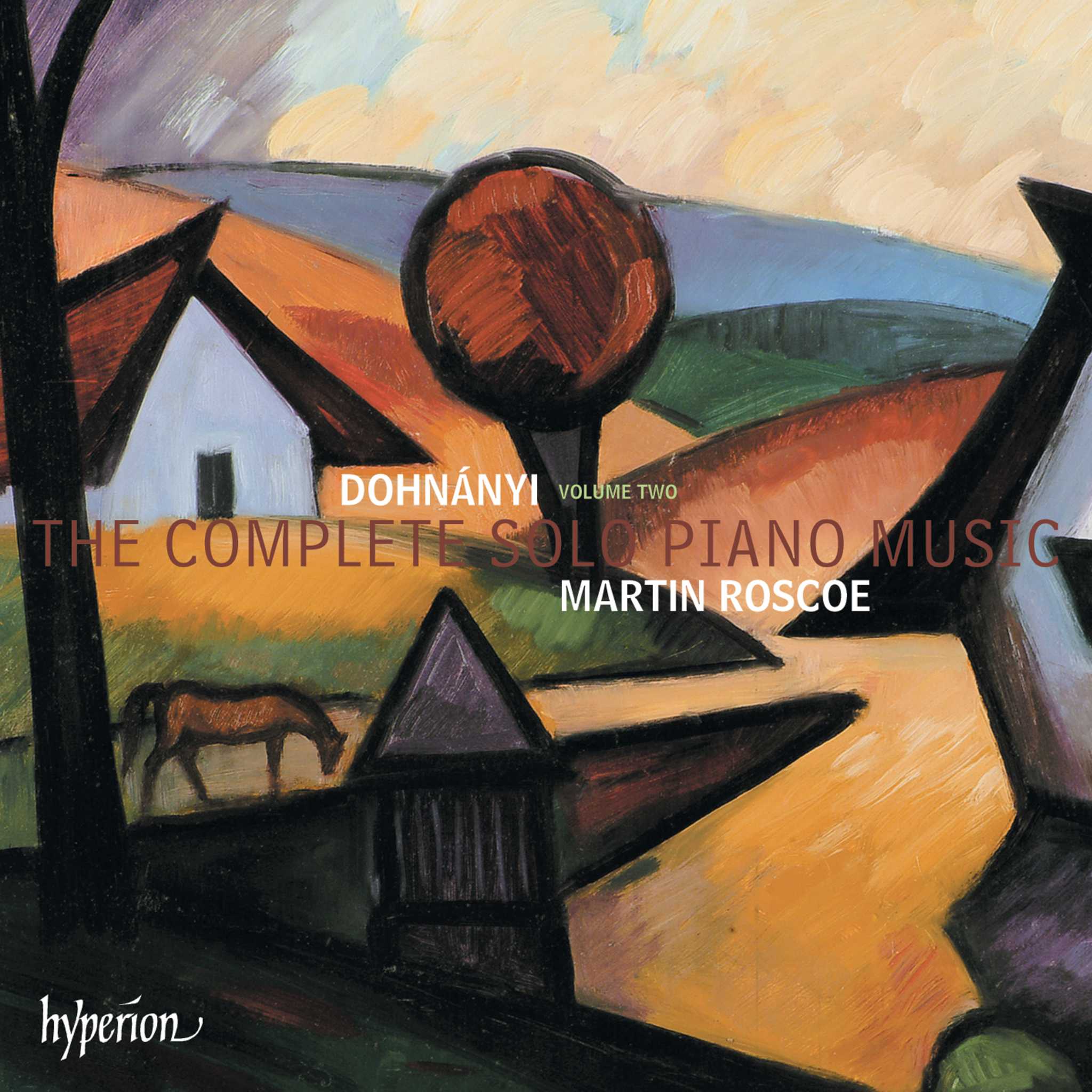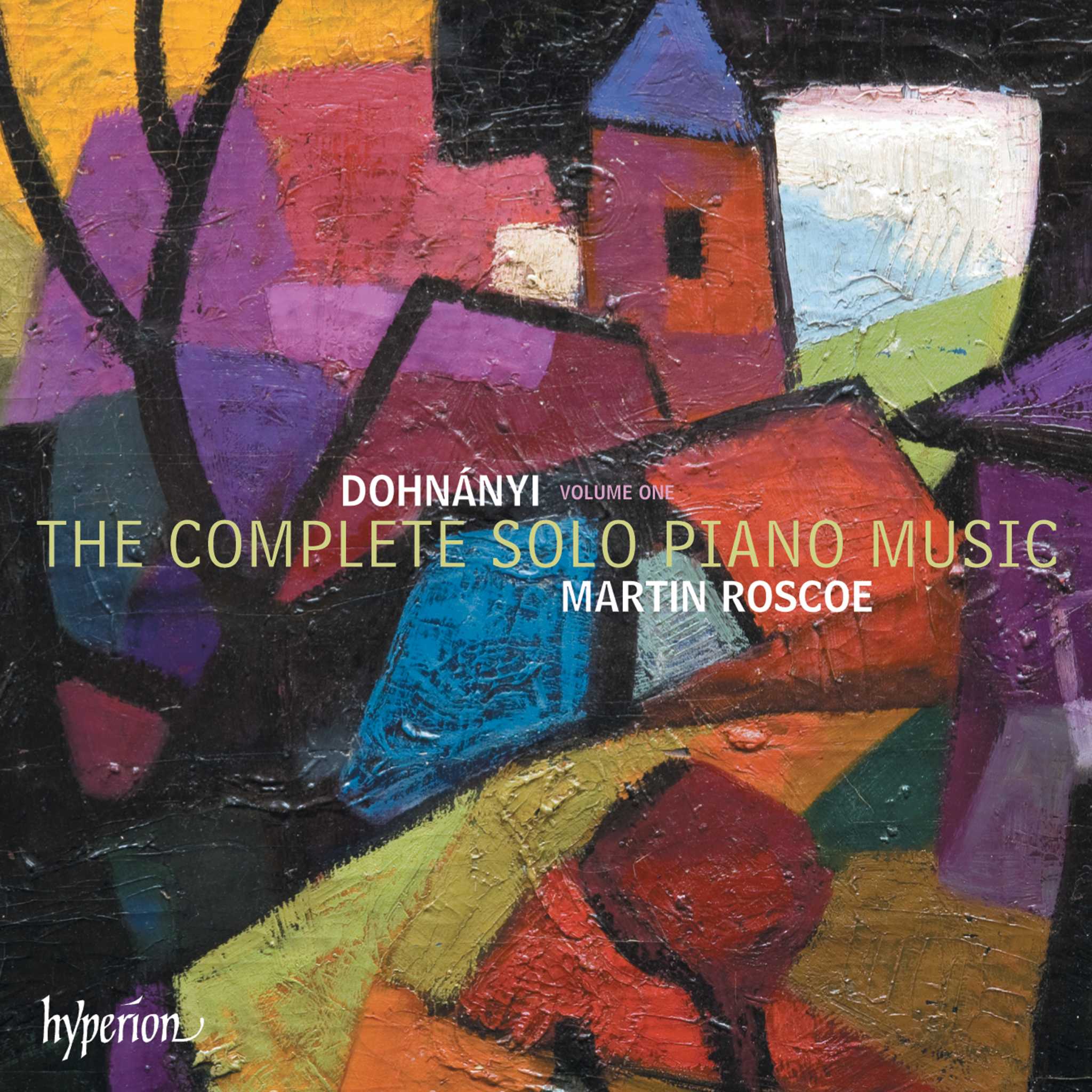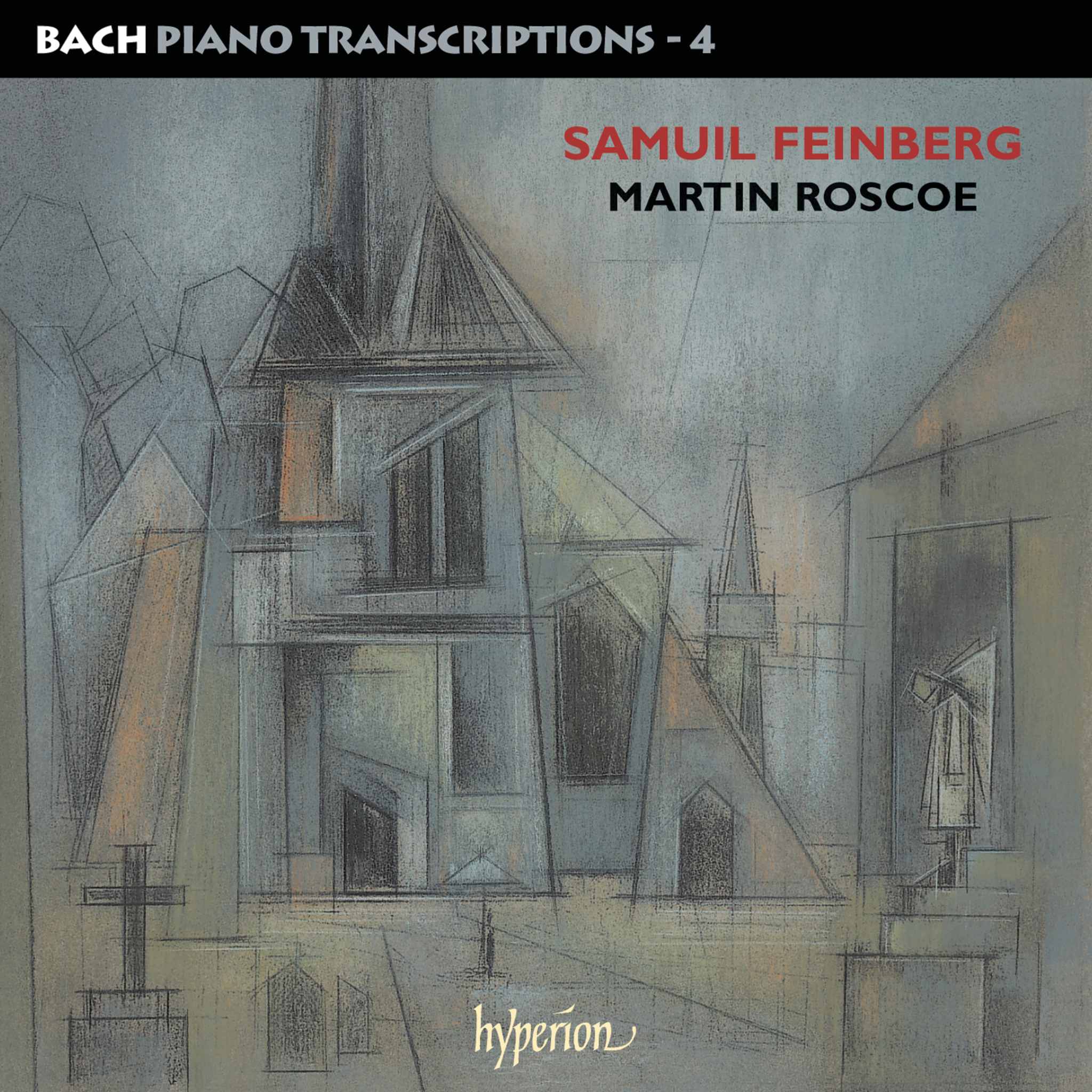Album insights
In his self-assessment given to his friend and biographer Georg Griesinger in his advanced age, Haydn portrayed himself as modest. Despite not being a virtuoso pianist like Mozart or Beethoven, Haydn composed organ concertos as a young man. His appointment as Vice-Kapellmeister of the Esterházy family in 1761 added keyboard obligations alongside playing the violin at the court. Haydn's day at Esterházy Palace began by experimenting with musical ideas on the keyboard each morning. Even though possessing a harpsichord and later a fortepiano, he maintained the habit of composing on the clavichord into his old age.
His around sixty sonatas provide insight into the development of the classical sonata form over the years. The simple Divertimenti and Partiten of the 1750s evolved into more individual works showing the influence of Carl Philipp Emanuel Bach. Collections from 1773 to 1784 demonstrate a cultivated folksy charm, while sonatas like Nr. 50 to 52 reveal inspiration from Broadwood pianos in London. Haydn's early keyboard works pose challenges in dating and authentication due to limited surviving sources.
Following exposure to Emanuel Bach's compositions, Haydn incorporated daring keyboard techniques and expressive ornamentation into his works, especially in the monumental c-Moll-Sonate Nr. 20 from 1771. The evolving style is evident in London-inspired sonatas such as Nr. 47, 44, and 20, reflecting a shift towards a more goal-oriented musical language. The somber g-Moll Sonate Nr. 44 highlights Haydn's unique combination of emotions and technical complexity.
The emotional depth of Haydn's music is further explored in the poignant c-Moll-Sonate Nr. 20, a tragic and technically demanding masterpiece suitable for instruments like the hammerklavier. The composition showcases Haydn's ability to evoke intense emotions through music, reminiscent of Brahms' later works.
Haydn's collaboration with the publisher Artaria led to the release of a series of sonatas (Nr. 21–26) tailored for amateur musicians, emphasizing dynamic expression. The Sonate E-Dur Nr. 22 exemplifies a fusion of Haydn's inventive style with galant elements, showcasing a balance of strict and popular musical forms. Nr. 25 in Es-Dur features powerful octaves in the Moderato and a strict canon in the lively Tempo di Menuet.
Private editions of sonatas Nr. 27–32, published in 1776, exhibit Haydn's playful wit and mastery of the sonata form, notably in Nr. 29 F-Dur with its distinctive harmonic and rhythmic contrasts. The "Auenbrugger-Sonaten" (Nr. 35–39) highlight dynamic requirements suitable for fortepiano, combining strict and popular styles. Sonata D-Dur Nr. 51, possibly dedicated to Rebecca Schroeter, reflects Haydn's innovative style, offering a glimpse of future musical developments.
Haydn's achievements continued with the release of sonatas like Nr. 50, 51, and 52 in London, each showcasing his creativity and technical prowess. Nr. 51 in D-Dur, a more intimate work possibly written for a beloved student, presents Haydn's innovative use of color and structure, hinting at future musical advancements and influencing composers like Schubert and Beethoven.





